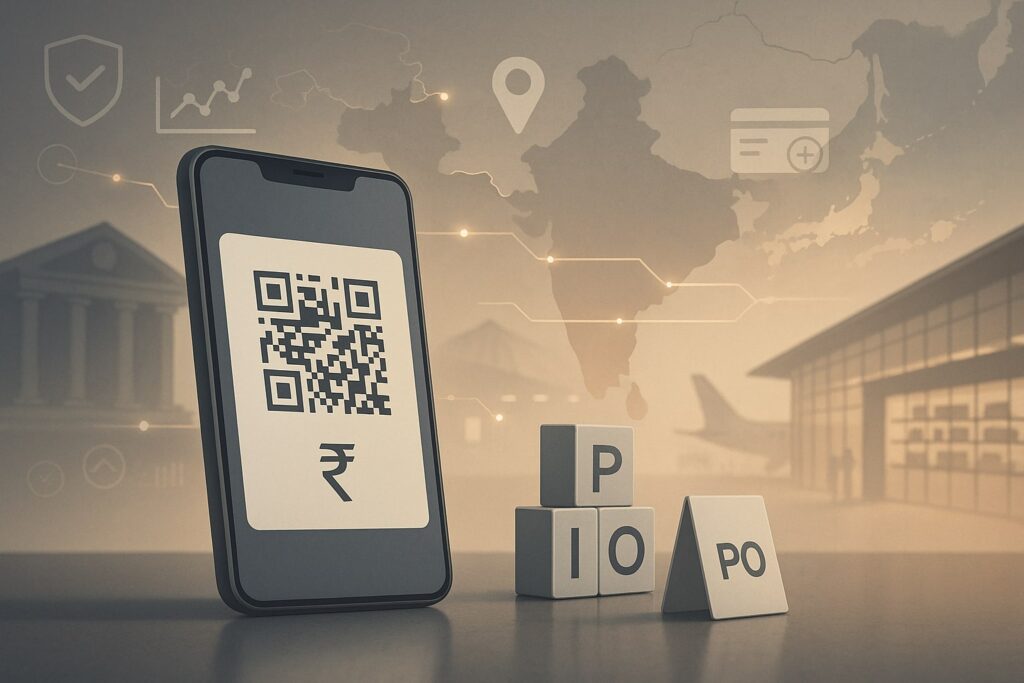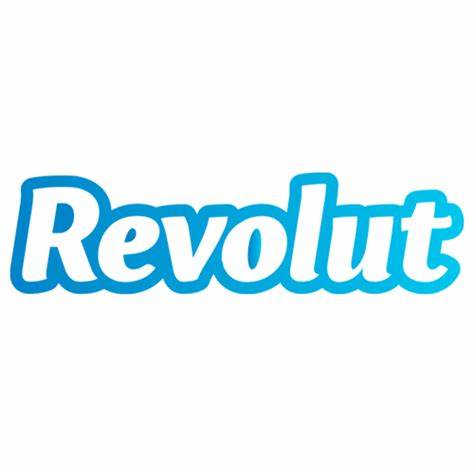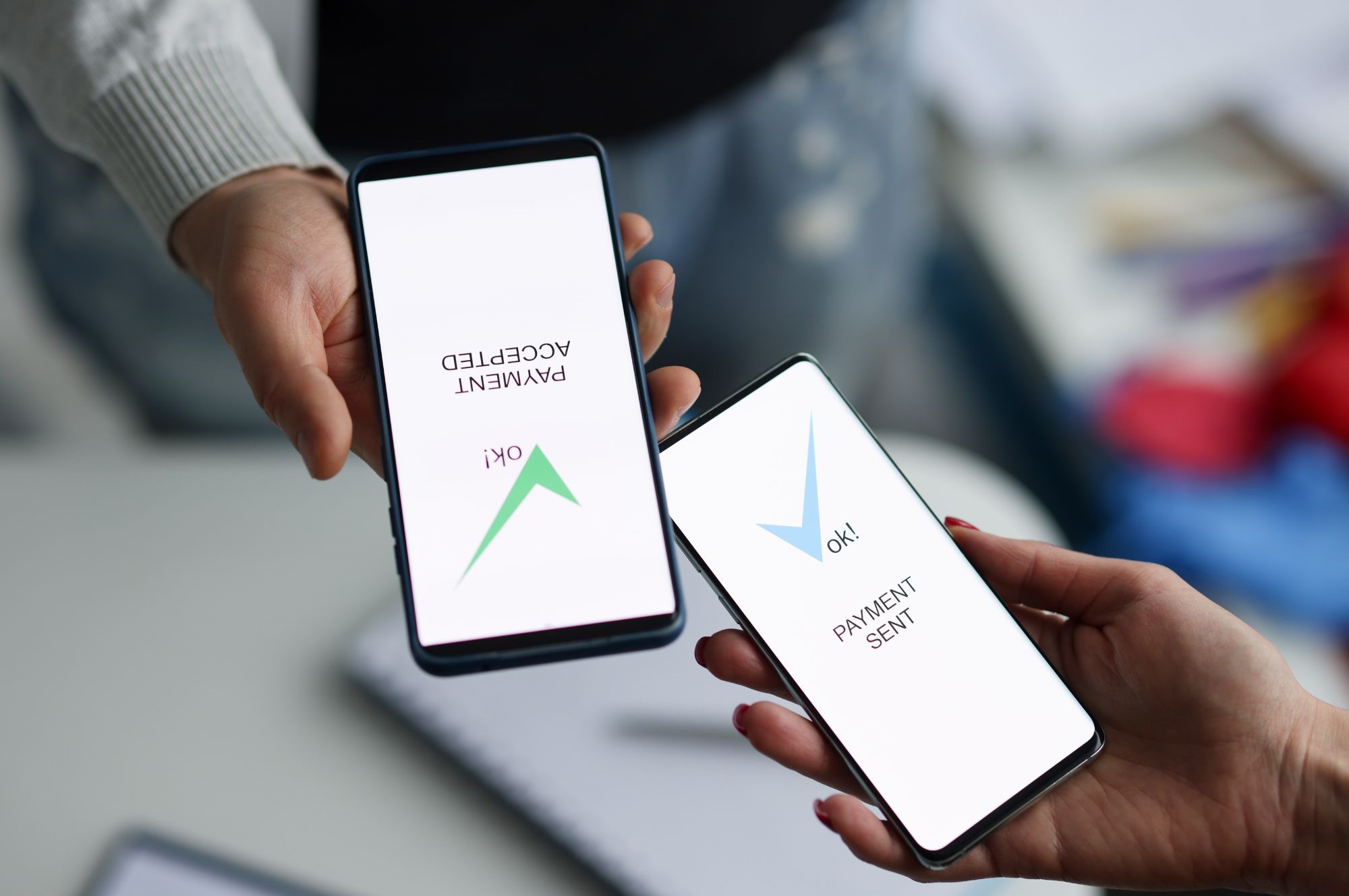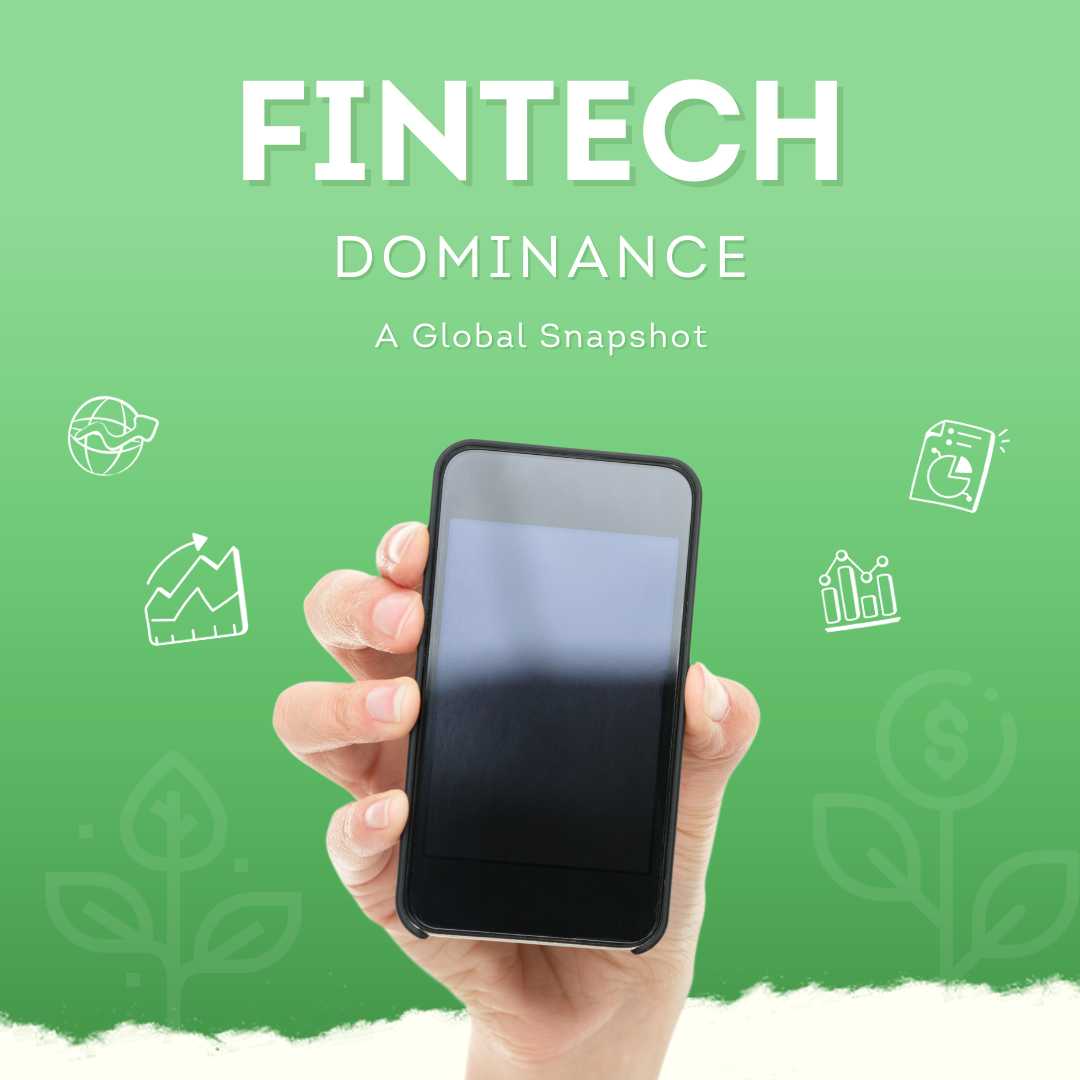Walmart-backed PhonePe has filed confidentially for a domestic IPO of roughly ₹12,000 crore ($1.35–1.5bn). It isn’t just another listing. It’s the first real-time stress test of whether India’s zero-MDR, state-subsidised payments model can support public-market expectations—without breaking the rails or the unit economics.
Table of Contents
ToggleThe filing is fresh. The questions are older.
On 24 September 2025, Reuters and Indian business dailies reported that PhonePe submitted draft papers via SEBI’s confidential route—an increasingly common way to engage with regulators and anchor investors before publishing a full DRHP. The targeted raise (about ₹12,000 crore) implies a mid-teens billion-dollar valuation—reasonable against prior chatter of a $15bn print. But the real intrigue isn’t the sticker price; it’s how the company converts a government-capped payment rail into shareholder returns.
PhonePe’s latest filings-based numbers help. For FY25, consolidated revenue rose ~40% to ₹7,115 crore, while net loss narrowed to about ₹1,727 crore. That is not profitability—but it is momentum. The platform meanwhile claims 600mn+ registered users, 40mn+ merchants, and 330mn+ daily transactions, signalling distribution on a national scale that few consumer internet firms anywhere can match.
Context matters. UPI processed just over 20 billion transactions in August 2025, worth ₹24.85 lakh crore—a monthly record that underlines how deeply “free” instant payments have rewired Indian commerce. And yet the leading two apps—PhonePe and Google Pay—still sit on exceptional share, after India pushed a long-planned 30% market-share cap out to December 2026, a concession that preserved continuity but postponed a hard conversation about competition and resilience.
The unit-economics knot
The heart of the IPO narrative is a structural one: UPI merchant discount rate (MDR) is effectively zero for bank-account-to-bank-account merchant payments. To keep PSPs and banks whole, New Delhi has funded an incentive scheme—₹1,500 crore for FY2024–25 to defray costs on low-value P2M. Early signals for FY2025–26 showed a much lower initial outlay (~₹437 crore)—sparking worries that the subsidy pool may undershoot ecosystem costs unless revised. For a listed PSP-platform, the arc of that subsidy line will matter more than any single quarterly metric.
There is one paying edge on the rail already: since March 2023, wallet/PPI-funded UPI transactions above ₹2,000 can carry an interchange (~1.1%), though this applies to a narrow slice of flows and doesn’t touch the lion’s share of bank-to-bank UPI. It’s not a margin machine; it’s a proof that pricing can exist at the periphery without imperilling adoption.

Where PhonePe can manufacture margin
1) Credit on UPI (CLUPI):
RBI and NPCI’s pre-sanctioned credit line on UPI turns the rail from “free to the merchant” to “yield for the lender”—if distribution apps can activate enough users and stay on the right side of purpose/use rules. PhonePe enabled CLUPI last year; NPCI lists multiple banks live on credit lines. In economics terms, CLUPI moves monetisation from the merchant to the credit stack—issuer interchange/interest, late fees, and risk-pricing—where price caps don’t apply the same way. The near-term investor KPI isn’t “CLUPI users”, it’s CLUPI spend per active, delinquency, and take-rate after incentives.
2) Cross-border UPI acceptance:
Two days ago, Qatar switched on UPI acceptance at QNB-acquired merchants, with Qatar Duty Free as the first live site—an airport-led wedge in the GCC that mirrors how Alipay/WeChat Pay went global: start at high-traffic travel retail, then radiate out. Cross-border acceptance usually bears FX and acquiring fees that don’t exist domestically; for a platform like PhonePe, that means higher ARPU from traveling Indians and potential B2B acquiring partnerships. Watch how quickly this spills beyond the airport, and whether the economics resemble card-present rates or something leaner.
3) Distribution businesses (insurance, investments, commerce):
Payments is the daily habit; insurance, broking and local commerce are where yield hides. PhonePe has built an insurance distribution engine (millions of policies sold; monthly premiums in the hundreds of crores at peaks pre-FY25), launched Share.Market for broking and mutual funds, and experimented with Pincode on ONDC. None of these lines alone closes the gap; in aggregate, they lift non-payments take-rate and lower CAC thanks to the main app’s scale. The IPO should force more granular disclosure of mix, commission rates, and repeat purchase—what readers would recognise as the “annuity vs. spike” problem.
What the rail gives—and what it withholds
UPI is now a national utility. That scale is both PhonePe’s moat and its margin cap. The 20bn-transactions-a-month throughput drives engagement and data, but zero-MDR means the platform must monetise around the rail at low marginal cost. Thus, distribution leverage—surface an insurance offer, a SIP, a gold purchase, or a credit line at precisely the moment of intent—and operational leverage—push the same product to 600mn wallets—become the core investment case.
Three external variables will overhang the model:
- Subsidy stability: If the central incentive pool shrinks structurally, banks and PSPs will seek compensatory levers (pricing at edges, throttling certain flows, or lobbying for policy tweaks). For a listed platform, that’s earnings volatility you do not fully control.
- Market-share policy risk: The 30% cap was deferred, not scrapped. Any forced rebalancing would tax growth and potentially add marketing/partner costs to hold share.
- Compliance choreography: CLUPI is powerful but rules are evolving—purpose-bound use, merchant category scopes, and lender risk frameworks are still bedding in. Execution here is part regulatory diplomacy, part underwriting craft.
A different way to model it
Classic payments IPOs rise and fall on take-rate × volume. PhonePe’s story is more three-engine:
- Payments rail (UPI): massive, low-margin, subsidy-exposed.
- Credit adjacency (CLUPI): smaller penetration at first, but with real yield and cross-sell power.
- Distribution (insurance, investments, commerce): variable-margin, brand- and trust-sensitive.
A pragmatic way to value the platform pre-prospectus is to separate “rail scale” from “financial services attach”. Use NPCI data to anchor the base (e.g., 20bn UPI txns in Aug; PhonePe processing ~45–46% of flows in recent months) and then put conservative attach-rates on credit and insurance cohorts you believe are defensible. The key sensitivity isn’t user growth; it’s ARPU growth per engaged user from non-payments.
The cross-border wildcard
If UPI Global scales, airports in Qatar today and UAE/France/Singapore corridors tomorrow become not just PR points but pricing zones. Domestic UPI normalised consumers to zero fee; international may sustain merchant service charges and FX that reward acquiring ecosystems. The next six months should reveal whether NIPL’s country-by-country rollouts create an earnings tailwind meaningful enough to show up in PhonePe’s mix. The Qatar go-live suggests the travel retail playbook is active—and PhonePe’s footprint among Indian travellers could convert quickly.
What the DRHP should answer (and what we’ll be looking for)
- UPI cost curve: How much of PhonePe’s payments opex is netted by the central incentive scheme—and what happens under downside subsidy scenarios? (A sensitivity table would do more than a paragraph of prose.)
- CLUPI traction: Active credit lines, average sanctioned limits, transacting users, roll-rates, and loss provisioning policy. Also, to what extent are flows purpose-bound under NPCI rules?
- Distribution economics: Commission bands for insurance and mutual funds, cohort-based persistency, and any dependence on one-time payouts vs. recurring trails.
- Concentration risk: Exposure to the market-share cap scenario in 2026, and contingency plans (OEM partnerships, bank-tie-ups, super-app placements).
- International: Revenue share and margin profile of UPI Global acceptance. What does PhonePe (or partners) earn when a rupee is spent in Doha vs Delhi? Early disclosures here would be a signal of confidence.
The bottom line
PhonePe’s confidential filing isn’t a victory lap; it’s a wager that scale + adjacency can out-earn a policy-suppressed core. India’s instant payments rail has delivered something few countries managed: universal digital money movement at near-zero cost. The paradox is that “free” doesn’t maintain itself. Investors will pay for platforms that turn free into frequency, and frequency into finance.
Viewed that way, the IPO is less a test of IPO windows and more a referendum on a model. If CLUPI adoption accelerates, cross-border acceptance begins to carry its weight, and distribution attach-rates keep rising, PhonePe can plausibly expand ARPU without violating the social contract that made UPI dominant. If subsidies shrink faster than adjacencies scale, public markets may rediscover how unforgiving “free” can be.
For now, the company has the users, the merchants, and the rails. What it needs to show next is pricing power—by other means.












